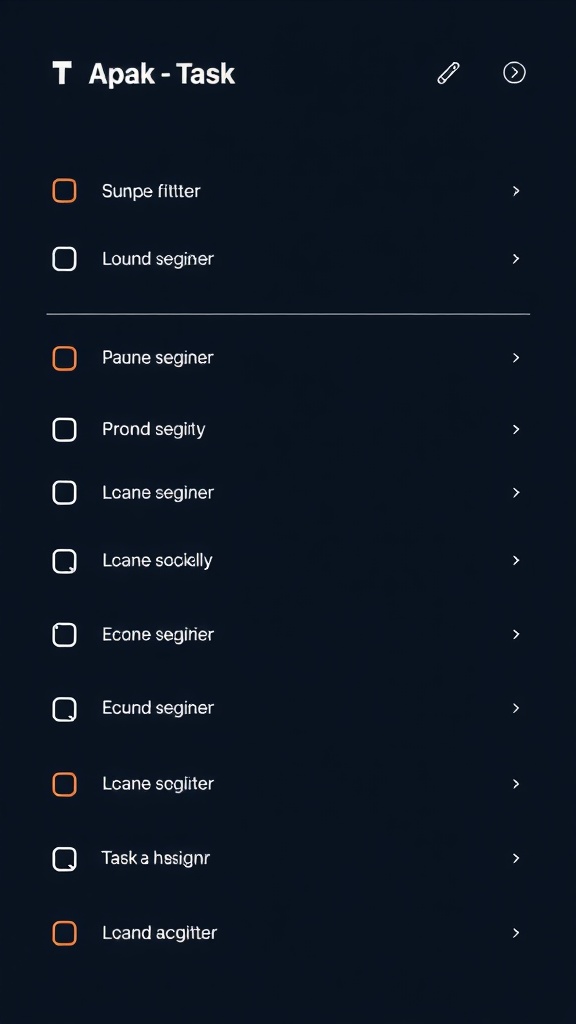Task Management Made Simple: A Practical Guide to Systems, Techniques, and Tools for Teams and Individuals
Task management is the backbone of getting things done—whether you’re leading a team, running a small business, or juggling personal projects. Effective task management reduces stress, prevents missed deadlines, and creates space for strategic work.
The following guide covers practical systems, techniques, and tools that make task lists truly manageable.
Core principles that work
– Capture everything: Use a single trusted inbox for ideas, meeting action items, and quick tasks. A unified capture point prevents cognitive overload.
– Clarify and break down: Turn vague items into actionable steps. “Prepare Q3 report” becomes “Export data,” “Draft summary,” and “Schedule review.”
– Prioritize, don’t just order: Treat priority as a combination of impact and urgency. High-impact, non-urgent tasks deserve protected time.
– Limit work-in-progress (WIP): Too many simultaneous tasks lowers quality and increases switching costs. Set a small WIP limit for personal workflows and team boards.
– Review regularly: A short daily check and a focused weekly review keep plans aligned with changing priorities.
Proven techniques to adopt
– Time blocking: Reserve uninterrupted blocks on your calendar for focused work. Label blocks by energy type (deep work, shallow tasks, admin).
– Pomodoro and rhythm work: Break work into concentrated sprints (e.g., 25–50 minutes) with short breaks to maintain focus.
– Two-minute rule: If a task takes less than two minutes, do it immediately. It prevents small tasks from piling up.
– Batching: Group similar tasks—email, calls, creative work—to reduce context switching and improve throughput.
– Kanban boards: Visualize flow with columns like Backlog, Ready, In Progress, and Done.
Move cards, limit WIP, and spot bottlenecks at a glance.
How teams keep momentum
– Clear ownership: Every task needs an owner and a due date. Ambiguity kills momentum.
– Standups and cadence: Short daily or regular check-ins surface blockers and keep alignment without micro-managing.
– Definition of done: Agree what “done” means for common task types—deliverables, code reviews, approvals—to avoid rework.
– Sprinting for focus: Time-boxed work cycles concentrate effort and make outcomes predictable.
Use retrospectives to iterate on the process.
Tools and integrations
Choose a tool that fits your workflow and stick with it. Popular task apps and project platforms offer lists, boards, timelines, and automations. Look for:
– Cross-platform sync (desktop, mobile, web)
– Integrations with calendar and communication apps
– Automations and templates to reduce repetitive work
– Reporting or analytics to track cycle time and completion trends
Practical checklist to get started

1. Centralize tasks: Pick one app or a simple paper system and migrate items there.
2. Triage: Spend 15–30 minutes clearing quick tasks and clarifying larger ones.
3. Block your calendar: Reserve dedicated time for priority tasks and one weekly review slot.
4.
Set WIP limits: Start with two or three concurrent tasks and adjust.
5.
Automate repetitive steps: Use rules or integrations to create tasks from emails, form responses, or tickets.
Measure what matters
Track completion rate, average cycle time for tasks, and number of reopened items. Use these signals to refine priorities and remove systemic blockers.
Improving task management is an iterative process. Start small, adopt a few consistent habits, and scale your system as needs evolve. The payoff is better focus, fewer forgotten commitments, and more predictable progress toward meaningful work.





Leave a Reply